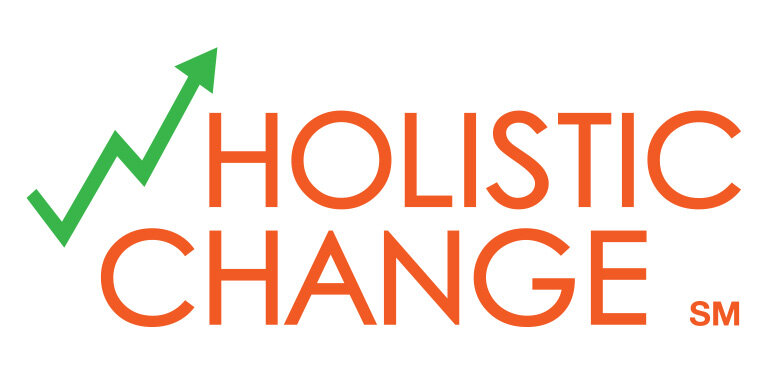As you start to roll out the change, reinforce your message by celebrating your successes. What are your customers saying about the change? What positive impacts have you seen? Remember to put the change in the context of overall change happening in the organization and in the customer community, to help make the impact of the change "real" to your target audience.And when parts of the deployment strategy fail, it is important to be honest about them. This will build credibility in the eyes of your executive sponsor as well as throughout the organization. Not every item on your deployment strategy will go as planned. Use status reporting to manage expectations throughout the change process about what has changed and what still needs to happen. Be honest about the issues that have come up and your plans for remediation.What should you include in your status reports?
- Change objective: what you set out to accomplish
- Measurement of success: how you defined change in terms of business value, and how you are doing against those goals
- Change roadmap: the high level picture showing the stages of people, process, technology, and service changes
- The best roadmaps include not only the change that the team is driving, but also all of the people, process, service, and technology changes happening simultaneous to or in conjunction with this organizational change.
- Creating this picture provides an opportunity for the various change teams to coordinate communications, training, and any implementations that would best be done together. This can also minimize disruptions to the business by not unintentionally bombarding your employees with multiple demands for achieving different certifications or behavior changes in too short a period of time to be successful.
- Key milestones: planned completion dates for key change deliverables
- We have found that color coding the milestones in terms of green (on track), yellow (at risk), red (off track), or blue (complete) gives a nice at-a-glance visual to your executives and communities of practice - so they know what is done, what is yet to come, and what needs help to get it back on track.
- Success stories: what has worked really well? What beneficial changes have you already seen through the deployment of your change to-date? What customer delight stories have you heard?
- Because there will be a large percentage of your organization who will be reluctant to adopt your change, it is critical that you regularly communicate and celebrate your successes.
- Critical issues and risks, including resolution plans and timing
Once the change reaches critical mass in terms of achievement of success, your sponsor can decide if she/he desires the status reporting to continue. We at wHolistic ChangeSM include the status report and measurement process in the transition plan from the change team to the operational owner, to ensure continuity and firm establishment of the change, even after the change team disbands. Having a ready supply of success stories will also come in handy for the person who will govern the change long-term, when the remaining resistors may try to dissuade this person from continuing to champion the change.

